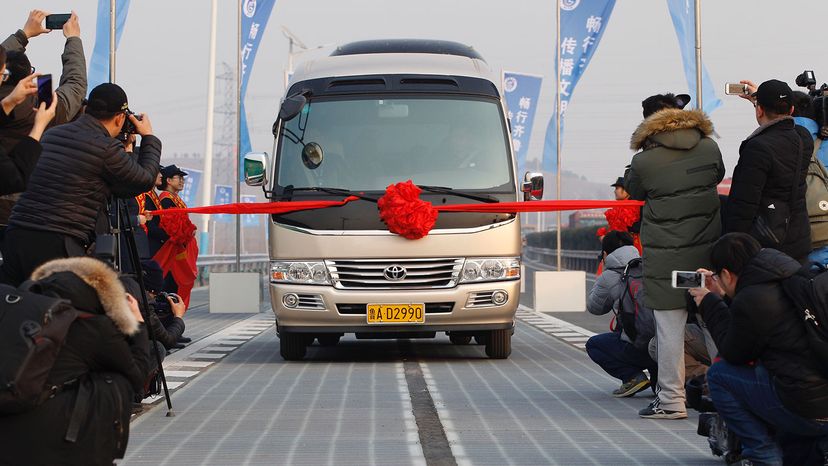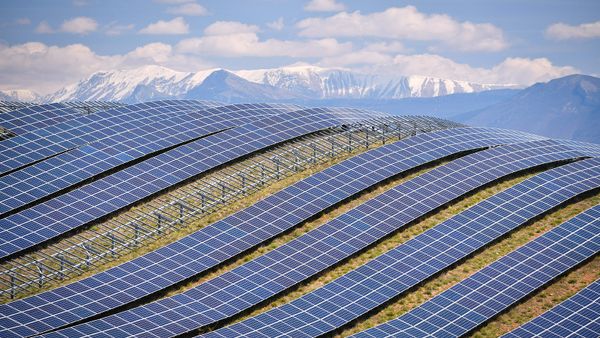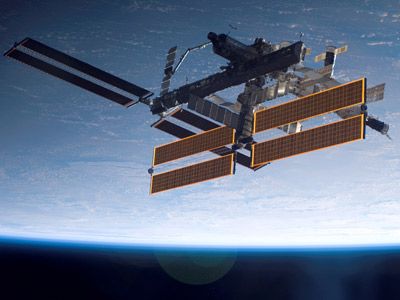
These days, we can find solar panels, also known as photovoltaic cells, just about everywhere. They're on the roofs of our homes, bringing down the cost of electricity. They're even on top of a few cars. In 2019, Toyota began outfitting the Prius Prime with solar battery panels on its roof, hood, and rear hatch door. Altogether, those panels are slated to provide up to 27.6 miles (44.4 kilometers) of electric power daily, says Green Car Reports. Two other European companies have plans to unveil solar-assisted cars, too.
Some experts have theorized that if we were to lay down a gigantic number of solar panels over a wide area, we could absorb enough sunlight to power entire cities, effectively ending our energy crisis. The problem is, there's nowhere to put them. We can't exactly stick panels across the entire countryside. Or can we?
Advertisement

